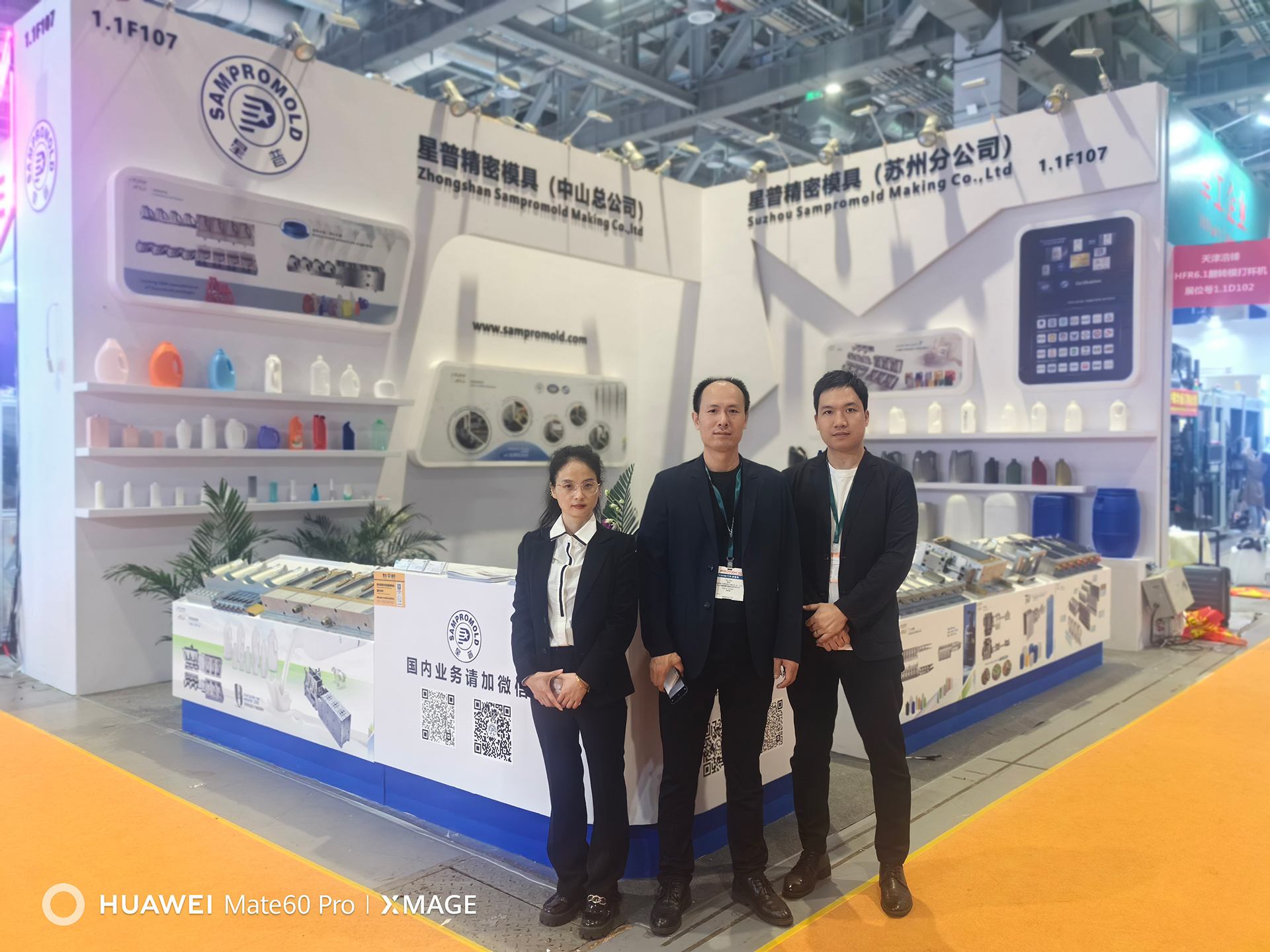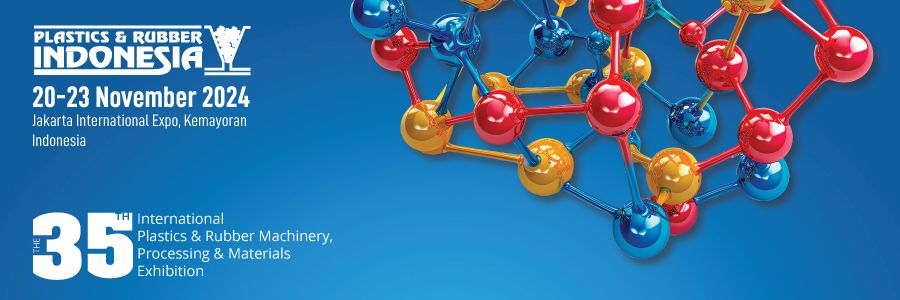Unlocking the Secrets of the Famous Jerrycan Bottle Blow Mold
Time:
2025-04-23
1. Introduction
The **Jerrycan** has become a staple in industries requiring efficient storage and transportation of liquids. Originally designed for military use, these versatile containers have evolved into an essential component for many sectors, including automotive, agricultural, and chemical industries. The manufacturing of Jerrycans relies heavily on advanced techniques, notably the use of **blow molds** which allow for precise and efficient production.
In this article, we will explore the intricacies of Jerrycan bottle blow molds, from the initial stages of design to the final stages of production. By understanding these processes, manufacturers can enhance their operational efficiencies and product quality.
2. The Importance of Jerrycan Design in Manufacturing
Design plays a pivotal role in the functionality and reliability of Jerrycans. The shape, size, and material properties all contribute to the overall performance of the bottle. Effective design ensures that the jerrycan can withstand various pressures and temperatures, making it ideal for transporting a wide array of substances.
### h3>Key Design Features of Jerrycans
Some crucial design features include:
- **Ergonomic Handles**: Designed for comfortable carrying, reducing strain during transportation.
- **Stackability**: Allows efficient use of space during storage and transportation.
- **Spill Prevention**: Integrated features to minimize risks during pouring.
Through careful design, manufacturers can create Jerrycans that meet industry standards, ensuring safety and efficiency.
3. Overview of the Blow Molding Process
The blow molding process is a vital component in the production of Jerrycans. This technique involves shaping molten plastic into a hollow form, which is then inflated to create the final product. Understanding the blow molding process is essential for anyone involved in the manufacturing of Jerrycans.
### h3>Stages of Blow Molding
The blow molding process is typically divided into three main stages:
1. **Extrusion**: In this stage, plastic is heated and extruded into a parison—a tube-like structure.
2. **Molding**: The parison is placed into a mold, and air is blown into it, shaping it to the mold's contours.
3. **Cooling and Ejection**: After the mold cools, the finished Jerrycan is ejected and prepared for further inspection.
By mastering this process, manufacturers can ensure high-quality production with minimal waste.
4. Materials Used in Jerrycan Bottle Blow Molds
The choice of materials is crucial in ensuring the durability and functionality of Jerrycan bottle blow molds. Typically, high-density polyethylene (HDPE) and polypropylene (PP) are the preferred materials due to their excellent chemical resistance and strength.
### h3>Types of Materials and Their Properties
- **High-Density Polyethylene (HDPE)**: Known for its robustness and resistance to impact, HDPE is commonly used in Jerrycan production.
- **Polypropylene (PP)**: Offers a higher melting point, making it suitable for applications requiring heat resistance.
Selecting the right material not only affects the jerrycan's performance but also its environmental impact, as manufacturers increasingly consider sustainability in their choices.
5. Key Advantages of Using Jerrycan Blow Molds
Manufacturers benefit from using Jerrycan blow molds in several ways, enhancing production efficiency and product quality.
### h3>Benefits of Blow Molding Technology
- **Cost Efficiency**: Blow molding allows for rapid production, reducing labor and material costs.
- **Versatility**: Capable of producing various shapes and sizes to meet diverse industry needs.
- **High Consistency**: Ensures uniform thickness and quality across products, critical for safety.
By leveraging these advantages, manufacturers can improve their bottom line while also meeting market demands.
6. Applications of Jerrycan Bottle Blow Molds
Jerrycans are utilized in a myriad of applications, showcasing their versatility across different sectors.
### h3>Common Applications
- **Chemical Storage**: Ideal for hazardous materials due to their robustness and secure sealing.
- **Automotive Fluids**: Widely employed for storing oils, fuels, and other automotive products.
- **Agricultural Uses**: Often used for liquid fertilizers and pesticides, highlighting their importance in agriculture.
Understanding these applications can help manufacturers tailor their production processes to meet specific industry standards and needs.
7. Maintenance and Care for Jerrycan Blow Molds
Proper maintenance of Jerrycan blow molds is essential to extend their lifespan and improve production efficiency. Neglect can lead to defects and increased operational costs.
### h3>Best Practices for Maintenance
- **Regular Cleaning**: Prevent build-up of residue that could affect mold performance.
- **Inspection for Wear**: Routinely check for signs of damage or wear that could compromise the quality of the products.
- **Lubrication**: Ensure moving parts are adequately lubricated to prevent friction and wear.
Implementing these maintenance practices can significantly improve the performance and durability of the molds.
8. The Future of Jerrycan Blow Molding Technology
The future of Jerrycan blow molding technology is promising, with advancements paving the way for more efficient and sustainable manufacturing processes.
### h3>Emerging Trends in Blow Molding
- **Sustainable Materials**: Increasing use of bioplastics and recycled materials.
- **Automation**: Integration of robotics and AI to streamline the production process.
- **Customization**: Growing demand for tailored designs to meet specific customer needs.
Staying abreast of these trends will enable manufacturers to remain competitive and responsive to market demands.
In conclusion, understanding the intricacies of the **Jerrycan bottle blow mold** is vital for manufacturers aiming to enhance their production processes and product quality. By focusing on design principles, material selection, and maintenance practices, companies can unlock the full potential of this versatile container. As technological advancements continue to shape the future of blow molding, staying informed will empower manufacturers to remain competitive in an ever-evolving marketplace. Whether you’re in the automotive, agricultural, or chemical sector, the Jerrycan remains an indispensable tool, and mastering its production is key to success.
RELATED NEWS













